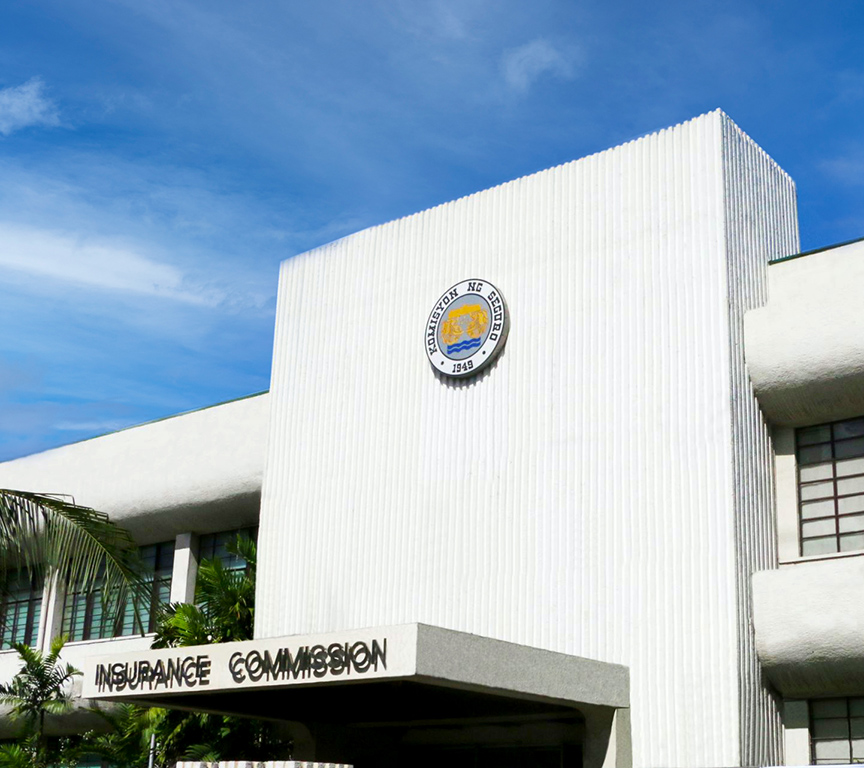The Insurance Commission (IC) has introduced a new tiered system for assessing the financial capacity of Health Maintenance Organizations (HMOs), as outlined in Circular Letter (CL) No. 2025-11 titled “Revised Minimum Capitalization, Financial Capacity, and Other Regulatory Requirements for HMOs.”
This move reflects the Commission’s effort to align regulatory standards with the growing scale and significance of the HMO industry in the Philippine healthcare system.
Key Features of the New Tiering System
Under CL No. 2025-11, HMOs will now be classified into four financial tiers based on their net worth:
-
Tier A: Over ₱500 million
-
Tier B: Over ₱100 million up to ₱500 million
-
Tier C: Over ₱50 million up to ₱100 million
-
Tier D: ₱50 million and below
Regardless of tier, all HMOs must maintain a net worth not less than their actual paid-up capital.
Commissioner Reynaldo A. Regalado emphasized that the new framework was developed in response to the HMO sector’s growth in both membership and service scope: “Since HMOs now play a major role in the nation’s healthcare system, the regulatory framework must adapt to ensure financial stability, operational efficiency, and inclusive healthcare delivery,” he said.
Updated Capitalization and Investment Rules
CL No. 2025-11 retains the baseline capitalization requirements from CL No. 2016-41:
-
Existing domestic HMOs: Minimum ₱10 million paid-up capital
-
New HMO applicants: Minimum ₱100 million
-
Community-based and cooperative HMOs: At least 50% of the required capital for regular HMOs
Security deposits are now required to be at least 25% of the actual paid-up capital or ₱5 million, whichever is higher. These deposits must be invested in long-term, low-risk government securities or instruments issued by the Bangko Sentral ng Pilipinas (BSP) and other government-owned or -controlled corporations (GOCCs), with maturities of at least one year.
Risk-Based Capital and Liquidity Requirements
The tiering system also dictates how much gross membership fee (GMF) risk an HMO may assume. GMF refers to the total annual fees collected from full-risk agreements for a specified set of health services:
-
Tier D: Up to 3 times net worth
-
Tier C: Up to 5 times net worth
-
Tier B: Up to 10 times net worth
-
Tier A: No GMF risk limit
In terms of liquidity, the Acid Test Ratio (ATR)—defined as the ratio of Quick Assets to Current Liabilities—is now also tiered:
-
Tier A & B: Minimum ATR of 1.0
-
Tier C: Minimum ATR of 1.75
-
Tier D: Minimum ATR of 2.0
Quick Assets include cash and other assets readily convertible into cash within 12 months, while Current Liabilities include obligations expected to be settled within the company’s operating cycle.
Dividend Declaration and Investment Privileges
Only HMOs in Tiers A, B, and C are allowed to invest in real estate. In terms of dividend distribution:
-
Tiers A & B: May declare dividends without prior IC approval, subject to post-reporting requirements
-
Tiers C & D: Must secure prior approval before any dividend declaration
Strengthening Oversight and Consumer Protection
Commissioner Regalado underscored that the updated rules aim to strike a balance between encouraging industry growth and ensuring consumer protection:
“The revision of the HMO industry’s capitalization and financial capacity requirements is borne out of the Commission’s commitment to responsive supervision and to safeguarding the liquidity needed to meet members’ healthcare needs.”




